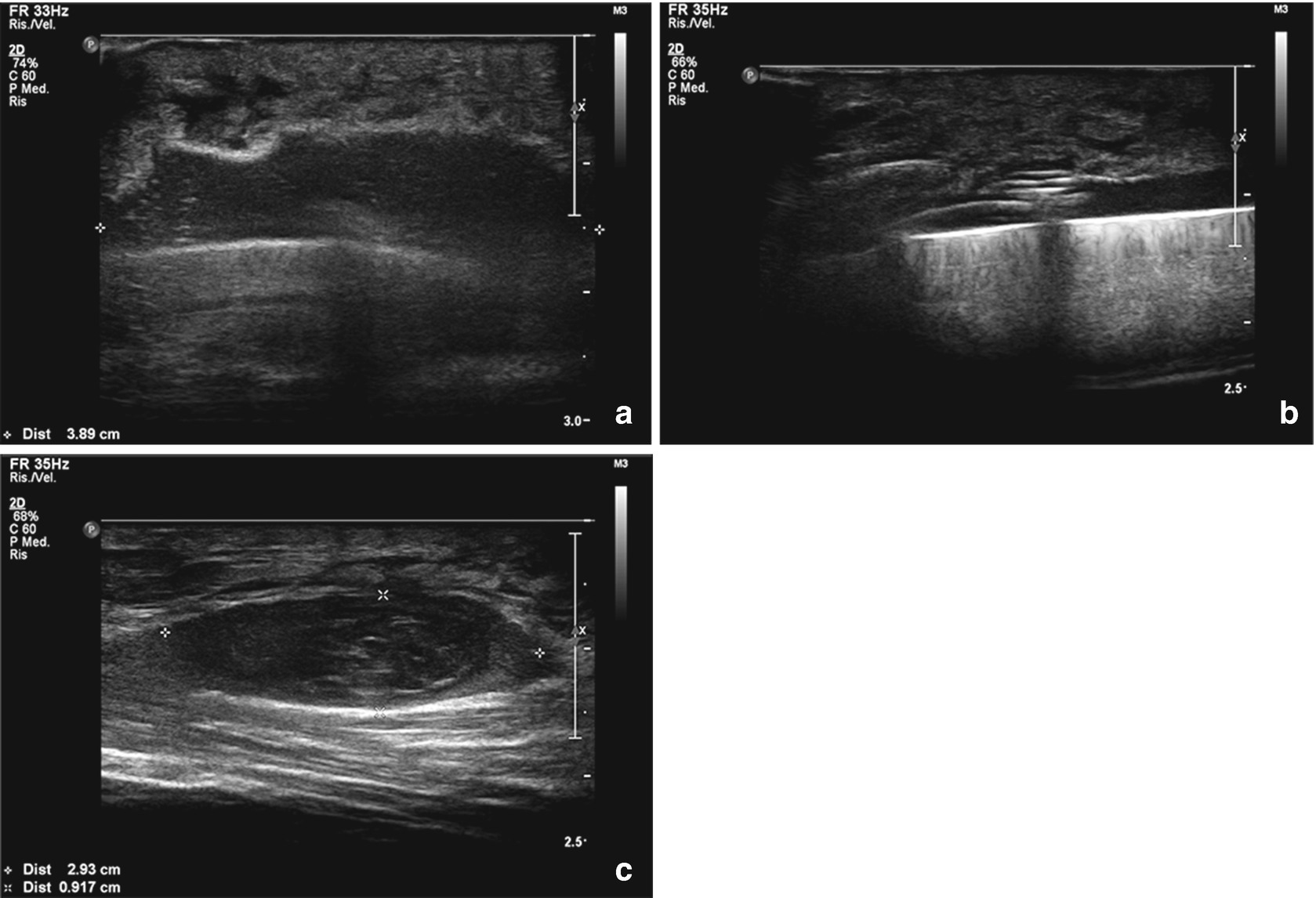

The RFID system generally consists of two elements: the tag and the reader. 90 MHz centredĪt 2.45 GHz, which shows that the proposed antenna is a good candidate for implementationĪntenna Dual-frequency operation L-shaped slot Microstrip fed RFID (Radio Frequency Identification) Slot antennaĭuring the last few years, radio frequency identification (RFID) applications have been growing significantly in many fields, such as medicine, supply chain, intelligent trace, shop security and particularly in the area of electronic article surveillance, in which it has become one of the most important techniques (Brown, 2007 Finkenzeller, 2010 Poespawati & Nugroho, 2016). 28 MHz centred at 0.868 GHz and of approx. The creation of a prototype of the proposed optimal antennaĪllowed validation of the dual operating bands with -10 dB return-lossīandwidths of approx. Substrate with dielectric permittivity constant 4.4, thickness 1.6 mm and loss The proposedĪntenna has overall dimensions of 47×46 mm 2 and is mounted on an FR4 Matching input impedance at the desired operating frequencies. Out using the two commercial software packages CST Microwave StudioĮlectromagnetic and ADS, show stable radiation pattern performances and good Simultaneously (UHF and microwave) and has a miniaturized size designed to beĮasily integrated into portable RFID readers.

Of operating in the two radio frequency identification (RFID) frequency bands Download counts will be refreshed every 24 hours.Microstrip antenna with embedded slots on a rectangular radiator.The count timeframe for each article can be seen by hovering over the number. For articles published after this, the count will represent all downloads since publication. The count will include all downloads back to 2005, where available.The count includes all article formats, including HTML and PDF.The count is taken directly from COUNTER usage data.This will be included on subscription and open access articles, as well as content published through Emerald Publishing Services.For authors, this is an important metric that can be used as evidence for reporting the global reach and influence of their work. This also aims to improve the user experience – by having access to a range of article metrics, users can make quick decisions when navigating content. This further demonstrates our commitment to a more inclusive approach to research evaluation. The download count sits alongside the Altmetrics score on the article page.


 0 kommentar(er)
0 kommentar(er)
